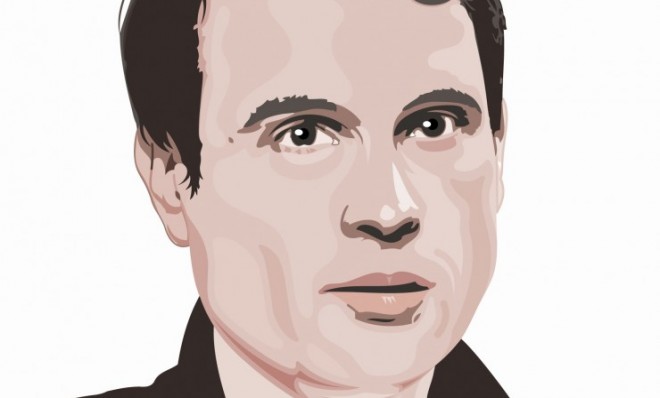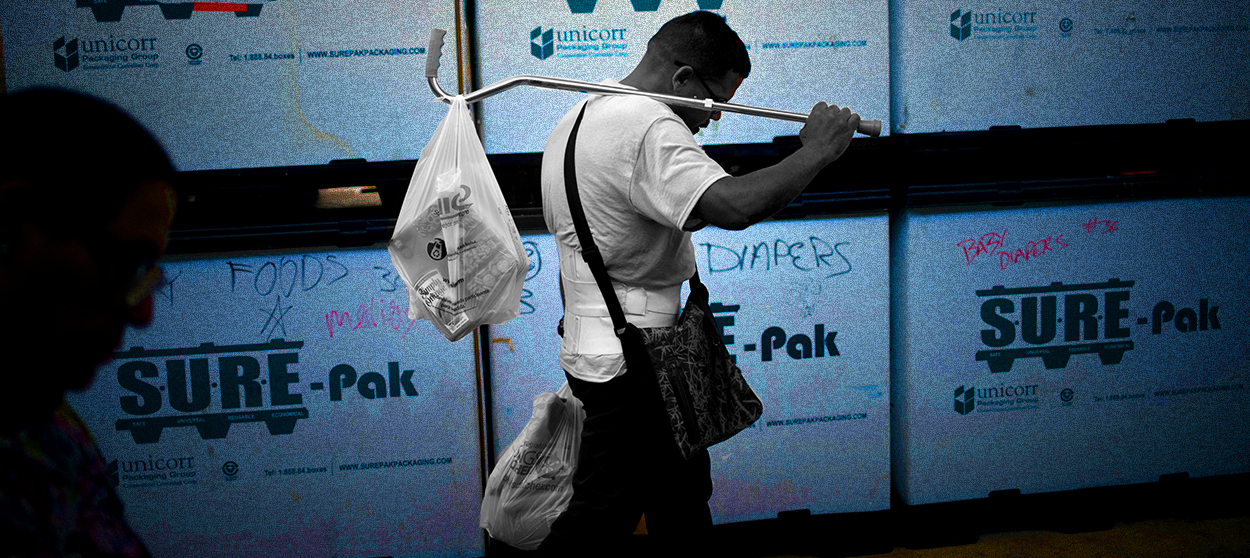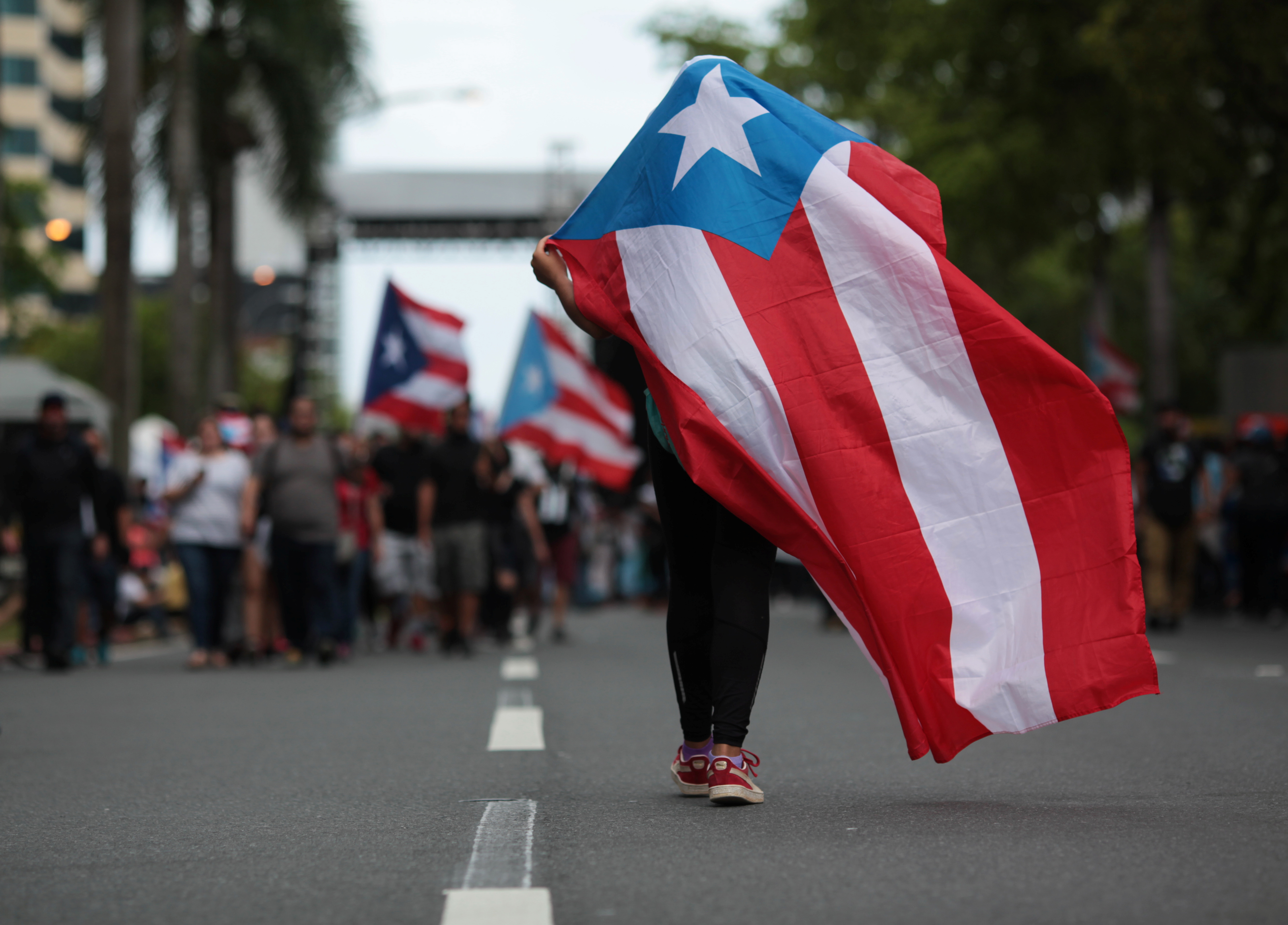What the DNI declassified
Making sense of former secrets


The Guardian has splashed a new story about XKEYSCORE, which is the NSA's global internet data-mining system. Meanwhile, the Director of National Intelligence has partially declassified talking points that were provided to all members of Congress about the bulk collection programs confirmed by Edward Snowden's leaks, as well as two court orders authorizing the collection. There's a lot to digest here, so I suggest taking it in bits and pieces.
What's new? New is news, so:
As we've suspected, the business records provision of the Patriot Act is used to collect a whole lot of different types of stuff, and NOT just telephone and email data. Be clear about this: The court order leaked by Edward Snowden and the one declassified by the DNI today relate to TWO sources of information used for what the NSA describes as TWO different programs. The programs themselves involve the regular use of the largest subsets of data — email metadata and telephonic metadata. The word "program" is problematic, because it connotes separateness. They're actually two activities that are sucked in to the mothership using different means. Activity One collects bulk telephony metadata from U.S. service providers; Activity Two collects email metadata. The Obama administration now says that Activity Two was discontinued in 2011.
The Week
Escape your echo chamber. Get the facts behind the news, plus analysis from multiple perspectives.

Sign up for The Week's Free Newsletters
From our morning news briefing to a weekly Good News Newsletter, get the best of The Week delivered directly to your inbox.
From our morning news briefing to a weekly Good News Newsletter, get the best of The Week delivered directly to your inbox.
The National Security Agency can use the telephony metadata it collects and stores to probe the potential accomplices of foreign intelligence targets. You will read the word "terrorist" targets, but the NSA uses the database for counter-narcotics, counter-weapons-of-message-destruction, and counter-espionage investigations, too. The court order allows the database to be used to search for information about U.S. persons relating to terrorism — it says nothing about how it might be used for other purposes that don't involve U.S. persons. Keep that in mind.
If there is reasonable articulatable suspicion — the NSA actually has acronym for this phrase, RAS — to believe that a U.S. person is part of a plot or conspiracy, the NSA can trace this person's communications — whom they called, who called them — using three hops. If I were the target and called my mother, that's one hop. If my mother called my brother, that's two hops. If my brother called his girlfriend, that's three hops.
To put in this in the NSA's perspective, if a terrorist outside the U.S. calls a confederate or facilitator inside the U.S., the NSA, assuming the target meets the RAS criteria, can collect metadata on hundreds of Americans.
If I call six people a month, and each of those six people averages six calls per month to six people, and each of those six people averages six calls, then (if I'm doing the math correctly), more than 700 people are included in the hopper from that one point of contact. The NSA then gives this data to the FBI, which figures out what to do with it. Human eyes do not examine the 700-plus sets of phone records unless the target's circumstances require it.
A free daily email with the biggest news stories of the day – and the best features from TheWeek.com
The main way telephonic database automatically flags interesting numbers — numbers, that, as I've written, acquire a history of both queries and added data — will, or should, significantly reduce the amount of work an FBI agent has to do in order to figure out which if these 700 people actually requires further investigation or a warrant or order to access the content of your communications. The U.S. telephonic records are segregated from the rest of the population, but in practice it is fairly easy for an analyst to query it. That would make sense so long as that analyst had to justify the query and was affirmatively evaluated on whether the query met the standards.
Figuring out how to police individual analysts while letting them do their jobs is going to be one of the bigger challenges of the new surveillance regime.
Marc Ambinder is TheWeek.com's editor-at-large. He is the author, with D.B. Grady, of The Command and Deep State: Inside the Government Secrecy Industry. Marc is also a contributing editor for The Atlantic and GQ. Formerly, he served as White House correspondent for National Journal, chief political consultant for CBS News, and politics editor at The Atlantic. Marc is a 2001 graduate of Harvard. He is married to Michael Park, a corporate strategy consultant, and lives in Los Angeles.
-
 The week’s best photos
The week’s best photosIn Pictures A drive in the desert, prayers with pigeons, and more
-
 The Week Unwrapped: Will drought fuel global violence?
The Week Unwrapped: Will drought fuel global violence?Podcast Plus why did Trump pardon a drug-trafficking president? And are romantic comedies in terminal decline?
-
 Sudoku hard: December 5, 2025
Sudoku hard: December 5, 2025The daily hard sudoku puzzle from The Week
-
 Why Puerto Rico is starving
Why Puerto Rico is starvingThe Explainer Thanks to poor policy design, congressional dithering, and a hostile White House, hundreds of thousands of the most vulnerable Puerto Ricans are about to go hungry
-
 Why on Earth does the Olympics still refer to hundreds of athletes as 'ladies'?
Why on Earth does the Olympics still refer to hundreds of athletes as 'ladies'?The Explainer Stop it. Just stop.
-
 How to ride out the apocalypse in a big city
How to ride out the apocalypse in a big cityThe Explainer So you live in a city and don't want to die a fiery death ...
-
 Puerto Rico, lost in limbo
Puerto Rico, lost in limboThe Explainer Puerto Ricans are Americans, but have a vague legal status that will impair the island's recovery
-
 American barbarism
American barbarismThe Explainer What the Las Vegas massacre reveals about the veneer of our civilization
-
 Welfare's customer service problem
Welfare's customer service problemThe Explainer Its intentionally mean bureaucracy is crushing poor Americans
-
 Nothing about 'blood and soil' is American
Nothing about 'blood and soil' is AmericanThe Explainer Here's what the vile neo-Nazi slogan really means
-
 Don't let cell phones ruin America's national parks
Don't let cell phones ruin America's national parksThe Explainer As John Muir wrote, "Only by going alone in silence ... can one truly get into the heart of the wilderness"
